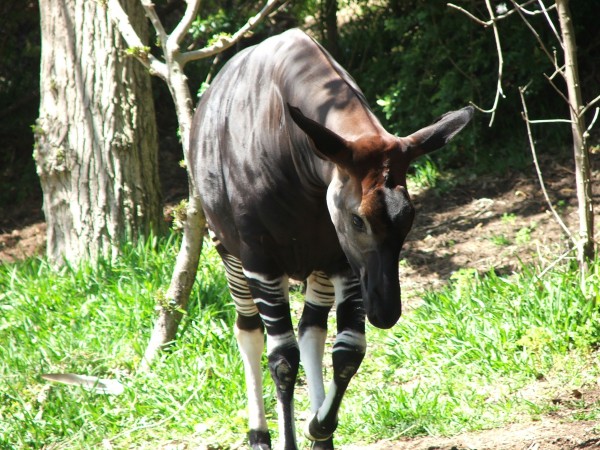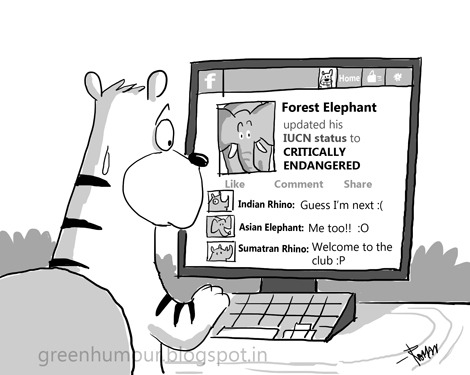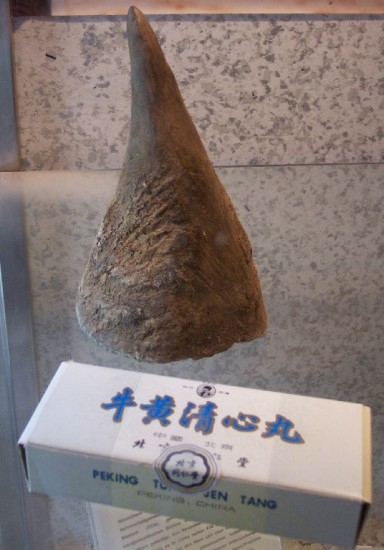As 2014 came to a close, I felt inundated with reports of record numbers of animals killed to fuel the illegal wildlife trade. In 2014, almost 1,200 rhino were killed for their horns. Numbers of elephants slaughtered for ivory were in the tens of thousands. It appears that life in the sea is just as dangerous on land as over 100 million sharks were killed for their fins. Gorillas, tigers, okapis, hippos, lions, and cheetah are not only losing their lives, but also their homes. Sadly, they are not the only ones. This cannot continue. As we begin 2015, …
Make 2015 the Year of Conservation Achievements


